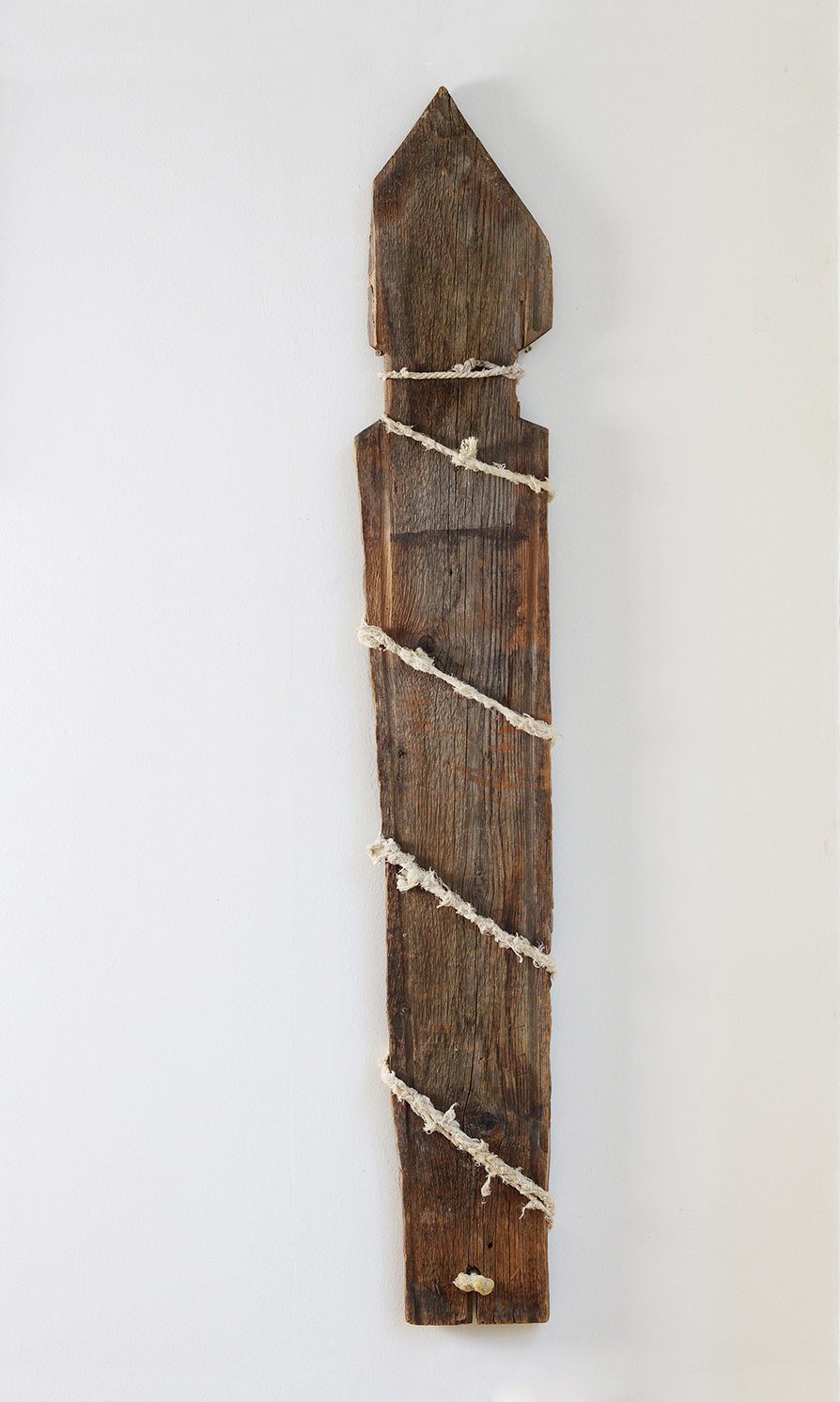Plants are central to Lois Weinberger’s discourse on the relationship between nature and society. His radical poetics of the “ruderal”—literally, the growth of plants on waste ground—counters the anthropocentric ideal of “primary nature,” acting, as he puts it, “against the aesthetics of the Pure and the True, against the ordering forces.” The drifts of wild vegetation that flourish on postindustrial wastelands and at the urban periphery are materially speaking untamed and therefore more “natural” than society’s tightly controlled zones of contemporary “wilderness.” Ruderals are the ever-present underclass of the plant world, the “multitude” ready to break through the city’s surface at any opportunity, cracking the veneer of human order and stability.
With “precise indifference,” Weinberger (born in 1947 in Stams, Austria) creates situations in which these botanic insurgents are left to enact their inexorable cycle of growth and decay, heedless of human society—a “PLACE / WHERE THE LIVING REVEALS ITSELF ABOVE THE ORDERLY” in a continual process of transformation. Twenty years on from his ruderal interventions in the Kulturbahnhof for documenta 10 (which still thrive today, amidst the disused railway tracks of Old Europe), Weinberger’s new outdoor work for Kassel is entitled Ruderal Society. Describing the project as an archaeological process, the artist has excavated a “cut” through the park beside the Orangerie and then abandoned it to whatever will emerge. At the end of this “gap within urban space,” the action of digging has created a small hill. Over time, the soil exposed will become populated by “spontaneous vegetation,” propagated by the wind, insects, and birds.
In Athens, Weinberger’s installation Debris Field presents the “finds” of a further process of excavation; this time the act of sifting through the layers of history, of things accumulated under the floorboards of his parents’ farmhouse in the Austrian Tyrol. The resulting array is a garden of relics assembled from the disorderly remains of centuries of rural life. Like his use of plants, the found objects become the artist’s medium. As he states in the accompanying publication: “I assume the presumptive reasons that underlie an object / to create again a work that exposes and extends the original intentions.” Each item has its own mystery, as if animated by a latent spirit, garnered from “the archaeology of a magically ritualized atmosphere.” Weinberger describes the project as an “ethnology,” and his reflections on the finds, in the form of drawings, objects, notes, photographic works, and in the form of the publication, are integral to the work.
—Tom Trevor


